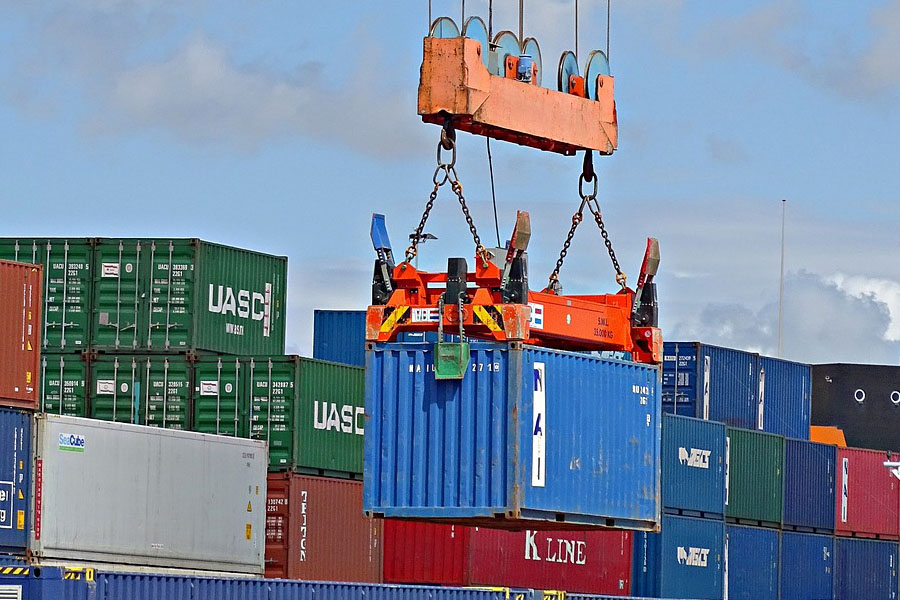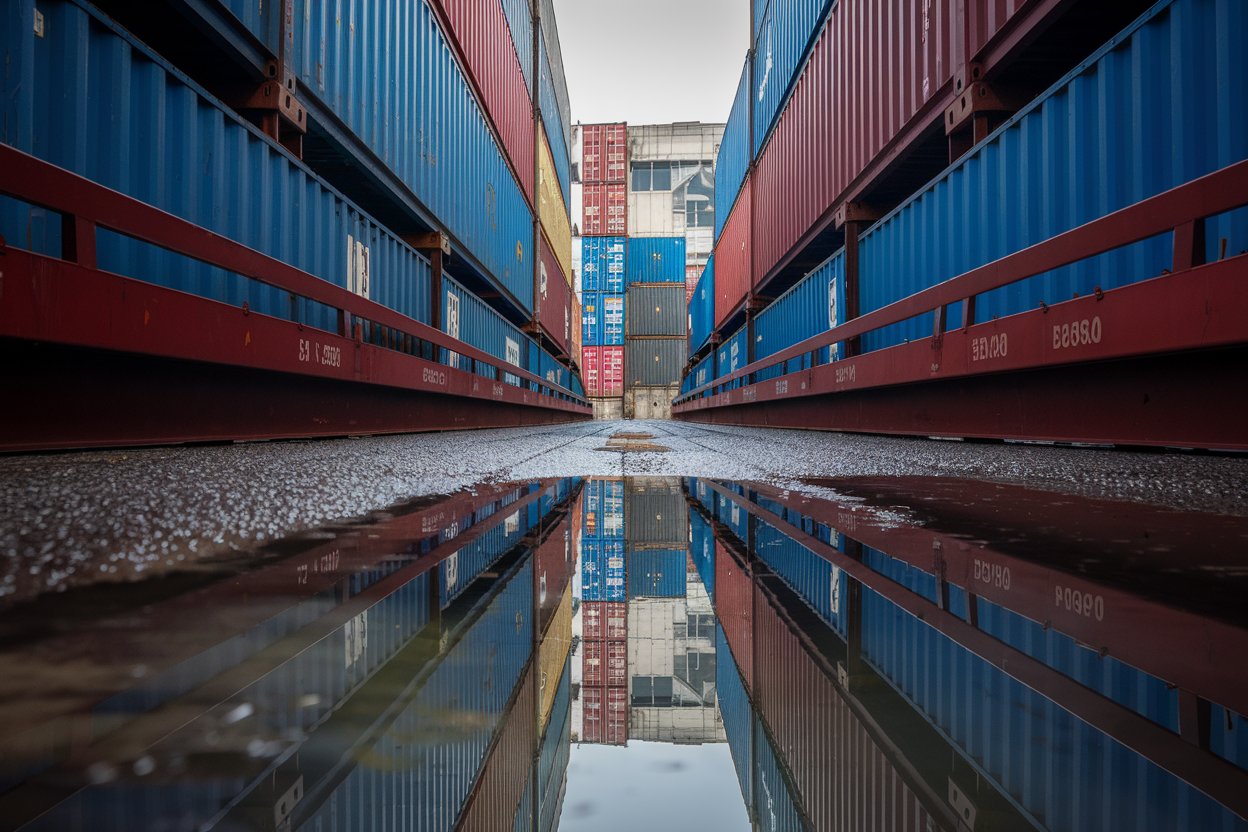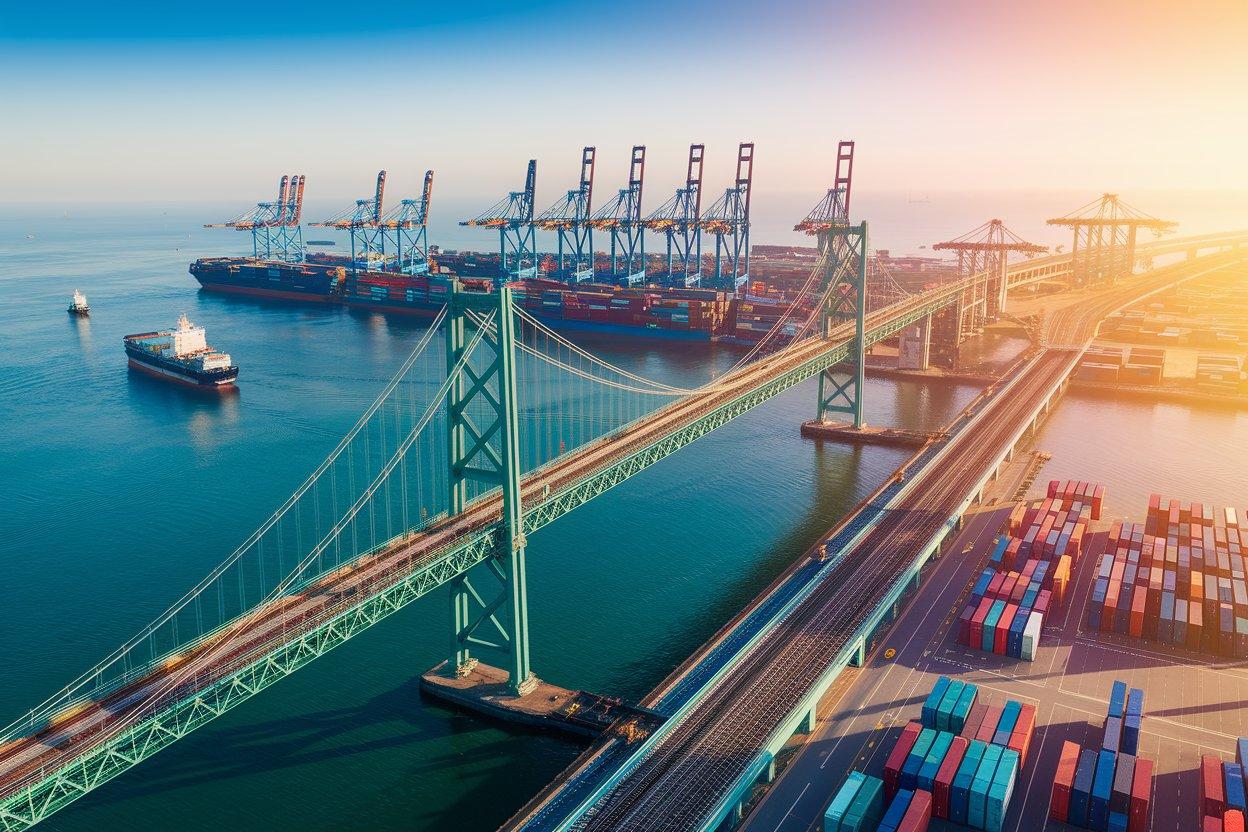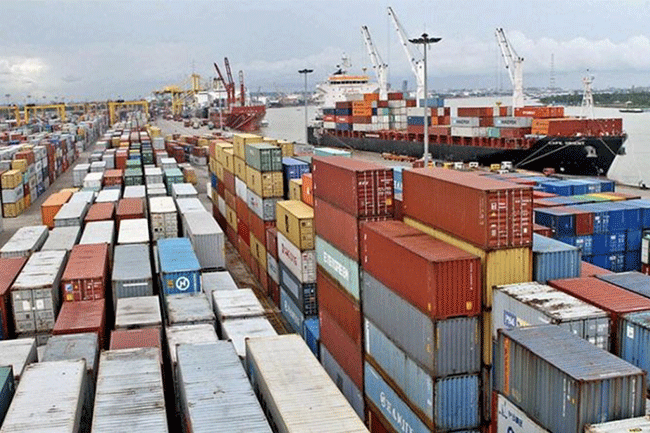- Shanghai Zhongshen International Trade Co., Ltd. - Two decades of trade agency expertise.
- Service Hotline: 139 1787 2118
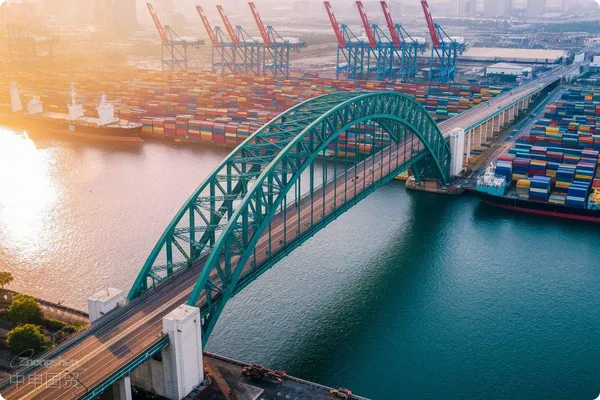
Water electretEquipment ImportsAnalysis of Specificity
As a core component of medical purification systems, the import of Water Electret Devices faces significant technical barriers. According to the 2025 revised edition of the "Medical Equipment Import Supervision Regulations," such devices must simultaneously meetAs core components of medical purification systems, water electret devices (Water Electret Device) have significant technical barriers for import. According to the 2025 revised Medical Device Import Supervision Regulations, such equipment must meet dual standards ofMedical EquipmentQuality Management CertificationandCE IVD In Vitro Diagnostic Device DirectiveThe double standards. Special attention should be paid to HS code classification during import declaration. Under the current classification:
- Industrial electret equipment: 8543.70.9000 (7% tariff)
- Medical-grade water electret equipment: 9018.90.6000 (5% tariff + 13% VAT)
The three major risks of independent imports.
According to the statistics from the General Administration of Customs in the first half of 2025, the abnormal declaration rate for self-clearance of water electret equipment reached 38%, with the main issues concentrated in:
- Missing technical documents
- The original manufacturer's Material Safety Data Sheet (MSDS) was not provided.
- Electromagnetic Compatibility Report (EMC) version expired
- Logistics configuration error
- Failure to use anti-static packaging resulted in equipment damage.
- The temperature setting deviation of the temperature-controlled container exceeds ±2°C.
- Compliance risk
- Unfinished medical device registration and filing (especially involving FDA 510(k) certification)
- The import license does not match the equipment specifications.
Comprehensive Breakdown of the Entire Professional Agency Service Process
The standard operating procedure for premium proxy service providers consists of six key stages:
- Preliminary Technical Assessment (3-5 working days)
- Pre-compliance Review of Equipment Parameters
- Matching of Applicable Tariff Preference Policies
- Document preparation phase (7-10 working days)
- Prepare a bilingual (Chinese-English) technical specification document
- Application for Agency Handling of Medical Device Import Filing Certificate
- International Transport Management (depending on the mode of transport)
- Professional Shockproof Packaging Solution Design
- Real-time Temperature and Humidity Monitoring System Configuration
Cost Comparison: Self-Operation vs. Professional Agency
Comparative Analysis Using the Example of Equipment with an Import Unit Price of $500,000:
- Time Cost
- Autonomous operation: Average duration of 68 days
- Professional agency: Control cycle within 45 days.
- Cost of funds
- Difference in Demurrage Charges: Self-operation averages $12,000.
- Tariff Preference: Professional agents can save 3-5% in comprehensive tax rate.
- Hidden Costs
- Technical rectification costs reduced by 80%.
- The insurance claim success rate has increased to 95%.
Key Points of Policy Changes in 2025:
The latest regulatory requirements for the import of water-electret equipment:
- Newly addedNanomaterial Safety Assessment ReportSubmission requirements
- The validity period of import licenses has been shortened from 3 years to 2 years.
- Additional customs inspectionElectret charge density detectionProject
It is recommended that importers focus on the equipment.Charge decay rateAccording to the new regulations, the annual attenuation rate for medical-grade equipment must be ≤5% (previously ≤8%), while industrial-grade equipment must be ≤12% per year. Professional agencies can provide pre-testing services to avoid additional costs from technical adjustments after arrival at the port.
Related Recommendations
Contact Form
Category case
Get in Touch
Email: service@sh-zhongshen.com
Related Recommendations
Contact via WeChat

? 2025. All Rights Reserved. Shanghai ICP No. 2023007705-2  PSB Record: Shanghai No.31011502009912
PSB Record: Shanghai No.31011502009912
